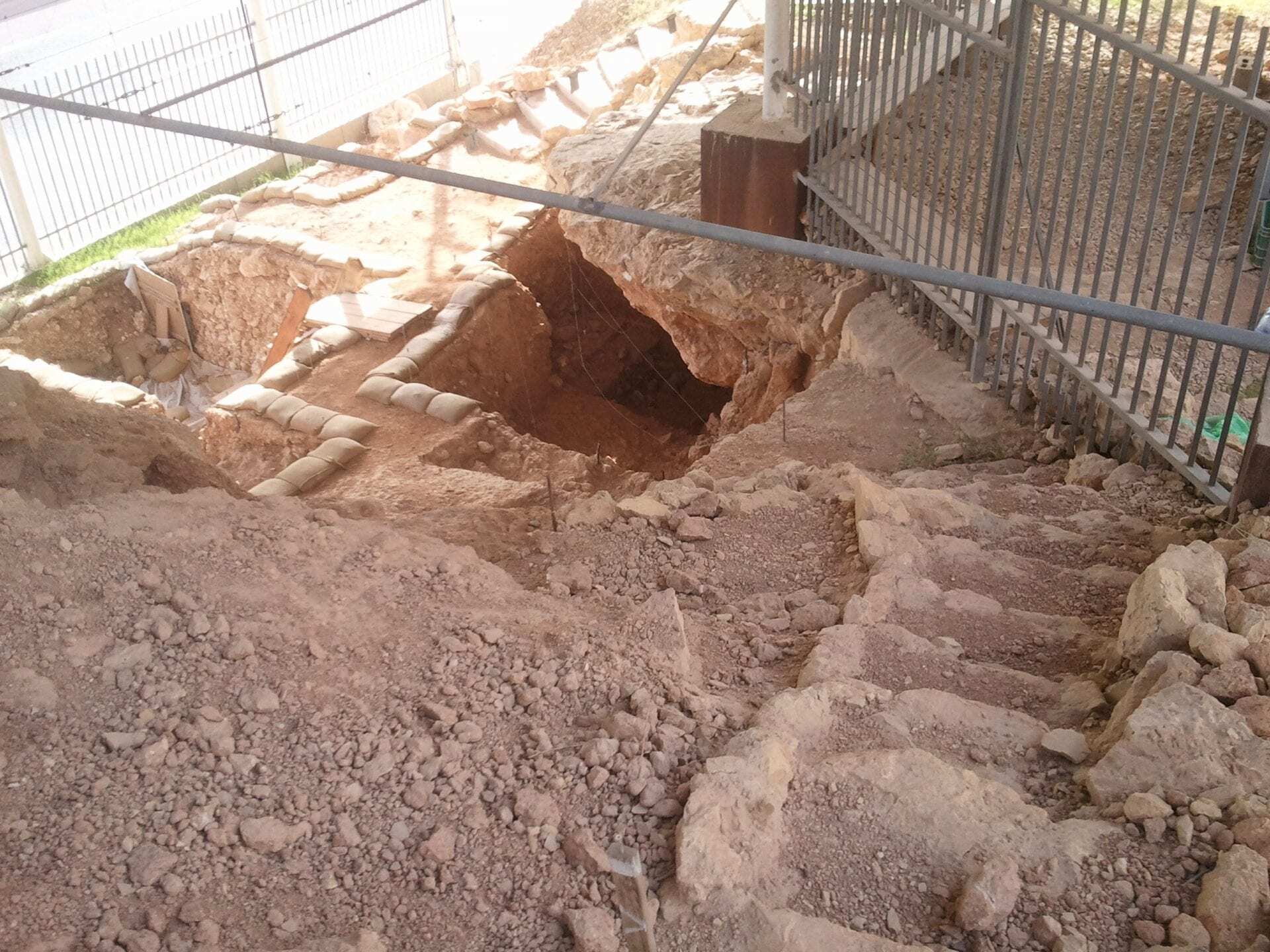For thousands of years, indigenous hunting societies have subsisted on specific animals for their survival. How have these hunter-gatherers been affected when these animals migrate or go extinct?
To answer this and other questions, Tel Aviv University (TAU) researchers conducted a broad survey of several hunter-gatherer societies across history in a retrospective study published on January 30 in Time and Mind. The study, led by Eyal Halfon and Prof. Ran Barkai of TAU’s Department of Archeology and Ancient Near Eastern Cultures, sheds new light on the deep, multidimensional connection between humans and animals.
“There has been much discussion of the impact of people on the disappearance of animal species, mostly through hunting,” explains Halfon. “But we flipped the issue to discover how the disappearance of animals — either through extinction or migration — has affected people.”
The research reveals that these societies expressed a deep emotional and psychological connection with the animal species they hunted, especially after their disappearance. The study will help anthropologists and others understand the profound environmental changes taking place in our own lifetimes.
Halfon and Prof. Barkai conducted a survey of different historical periods and geographical locations, focusing on hunter-gatherer societies that hunted animals as the basis for their subsistence. They also investigated situations in which these animals became extinct or moved to more hospitable regions as a result of climate change.
“We found that humans reacted to the loss of the animal they hunted — a significant partner in deep, varied and fundamental ways,” Halfon says.
The new research explores hunter-gatherer societies throughout human history, from those dating back hundreds of thousands of years to modern-day societies that still function much the way prehistoric groups did. Ten case studies illustrate the deep connection — existential, physical, spiritual and emotional — between humans and animals they hunted.
“Many hunter-gatherer populations were based on one type of animal that provided many necessities such as food, clothing, tools and fuel,” Prof. Barkai says. “For example, until 400,000 years ago prehistoric humans in Israel hunted elephants. Up to 40,000 years ago, residents of Northern Siberia hunted the woolly mammoth. When these animals disappeared from those areas, this had major ramifications for humans, who needed to respond and adapt to a new situation. Some had to completely change their way of life to survive.”
According to the study, human groups adapted in different ways. Siberian residents seeking sustenance after the disappearance of mammoths migrated east and became the first settlers of Alaska and northern Canada. Cave dwellers in central Israel’s Qesem Cave (pictured in header and excavated by Prof. Barkai) hunted fallow deer, far smaller than elephants, which required agility and social connections instead of robust physical strength. This necessitated far-reaching changes in their material and social culture and, subsequently, physical structure.
Halfon stresses the emotional reaction to an animal group’s disappearance. “Humans felt deeply connected to the animals they hunted, considering them partners in nature, and appreciating them for the livelihood and sustenance they provided,” he says. “We believe they never forgot these animals — even long after they disappeared from the landscape.”
An intriguing example of this kind of memory can be found in engravings from the Late Paleolithic period in Europe, which feature animals like mammoths and seals. Studies show that most of these depictions were created long after these two animals disappeared from the vicinity.
“These depictions reflect a simple human emotion we all know very well: longing,” says Halfon. “Early humans remembered the animals that disappeared and perpetuated them, just like a poet who writes a song about his beloved who left him.”
According to Prof. Barkai, another emotional response was a sense of responsibility — even guilt. “Indigenous hunter-gatherer societies have been very careful to maintain clear rules about hunting. As a result, when an animal disappears, they ask: ‘Did we behave properly? Is it angry and punishing us? What can we do to convince it to come back?'” he concludes. “Such a reaction has been exhibited by modern-day hunter-gatherer societies as well.”
AMERICAN FRIENDS OF TEL AVIV UNIVERSITY
Header Image – Qesem Cave – Credit : – צילמתי







